Special Expertise and Thought Leadership: Intangible Assets Part VI
This is Part VI of the blog series "Stop Throwing Away your ICT4D Investments: Recognizing Intangible Assets"
Part III: Audience Engagement and Community Strength
Part IV: Technology investment
Special Expertise and Thought Leadership
The final asset relates to the special expertise, such as the systems, processes, and approaches that an organization uses to support and promote the technology investment. This includes the "offline" elements streamlined and perfected as well as the broader analysis brought to the investment by years of experience.
How an organization operates, manages, nurtures, and extends the previously listed assets—and shares that information with others—are key parts of these assets.
Some potential examples of these assets include:
- Blog posts, white papers and case studies on topics such as how to manage community forums
- Peer-reviewed publications on research and know how
- Presentations and posters at conferences
- Leadership in industry forums, such as chairing committees for standards or taxonomies
- Tacit knowledge by staff about how to link the technology investment to the broader goals of the project, including in-depth field experience by key staff
This asset also includes thought leadership, via contributions of this experience back to the community. A thought leader "can refer to an individual or firm that is recognized as an authority in a specialized field and whose expertise is sought and often rewarded"1
Usually created by publications and presentations of experience to the broader community, the benefit of thought leadership is the ability to shape solutions by funders and clients. Thought leadership also often results in strong reputation and involvement in community leadership programs, which are highly beneficial for business development. Thought leaders are often connected with other thought leaders and can often learn about new developments, research outcomes, or other important elements to keep on top of emerging changes.
Ways to Undermine Special Expertise
The best way to explain how to undermine special expertise is to fail to recognize the expertise brought by your staff. In the last blog post, I told the story of how Andy's former company failed to recognize that without the staff that had built their software, they had lost the special expertise to rebuild it.
Another way to undermine special expertise is to not build internal knowledge management and communications processes, so that your staff has no way to reflect on their learning, as well as share learning and experiences with other staff.
Finally, even if you do have some internal learning, this learning needs to be captured in formats where it can inform and be used by your staff and teams for future work. While brown bags and informal sharing are very valuable, what will really create a multiplier is creating systems to automate the capture and sharing of learning (such as example documents, case studies, and summaries of lessons learned), and then translating them into standard methodolgies and approaches (such as through templates, checklists, and approaches).
Ways to Undermine Thought Leadership
The best way to undermine thought leadership is to restrict the amount of time your staff of experts have to share their experience with others. Thought leadership is only built through pro-active analysis and sharing of that analysis of your experiences with the larger community. Too often staff are not encouraged or even restricted from attending networking events where their experience can be shared. Or all their contributions need to be vetted by higher ups, a process that can be very time consuming and can undermine the confidence of the person contributing.
In this world of social media and easy sharing, many people assume that if you aren't saying something meaningful, you have nothing meaningful to say.
The flip side of this is to make sure that what you are producing is thoughtful and meaningful and can be backed up by experience. Reposting someone else's tweets is not the same thing as thought leadership; commenting on the value or the challenges of someone else's contributions IS thought leadership.
Though leadership is about being recognized as someone whose thinking needs to be known about by those in the field or industry you are in.
Valuation/Loss
Special expertise: By losing your staff, or not capturing their contributions formally or informally, you will lose the know how and special expertise when they no longer work for your project.The learning curves go up greatly, and your new staff may make the same mistakes the previous staff made. You may also lose good will of your clients if they are more knowledgable about the history of the project than your team is.
While no job is permanent, by not allowing time for documentation and expertise sharing among staff, you increase the likelihood of vital losses when a key staff member leaves. On the other hand, by enabling sharing and formalized contributions of know-how, you create a multiplier of experience, allowing individuals' contributions to outlast their tenure in their jobs.
Thought Leadership: Thought leadership increases the legitimacy of any project you are engaged in and makes it more likely you will learn about the most current thinking in the field. Without thought leadership, you may not be able to influence other stakeholders to get them to contribute to your work. The broader community also loses by not learning about the experiences your project has around using technology.
1. http://www.forbes.com/sites/russprince/2012/03/16/what-is-a-thought-leader/
« Back to Sonjara Blog

